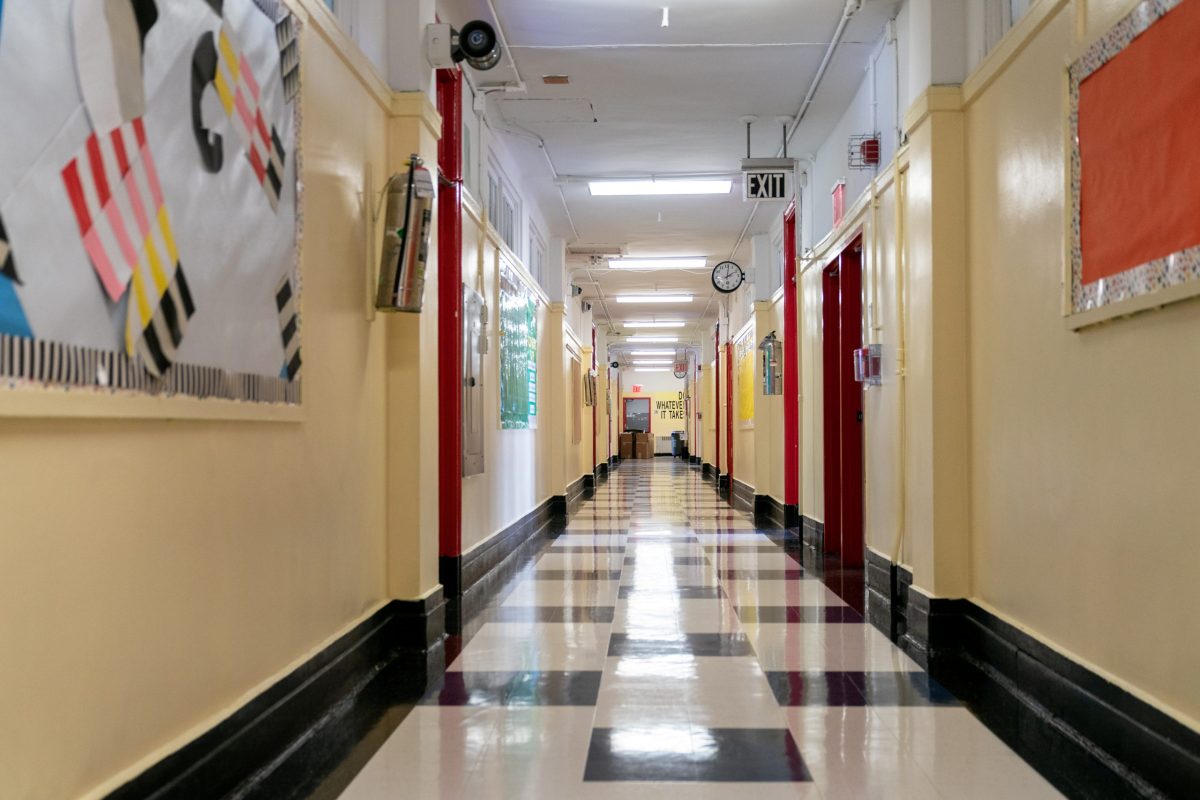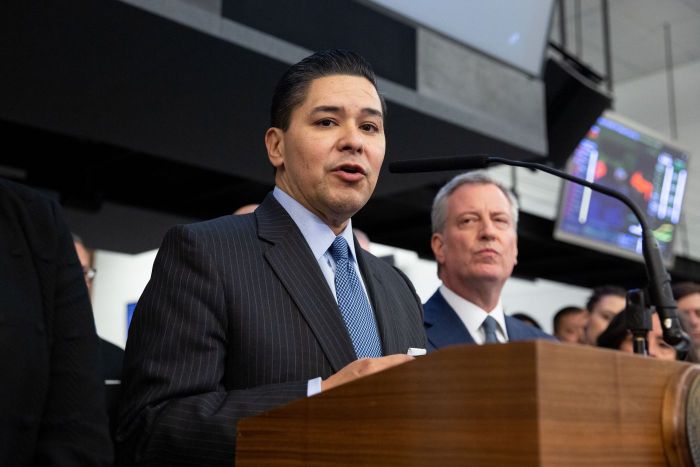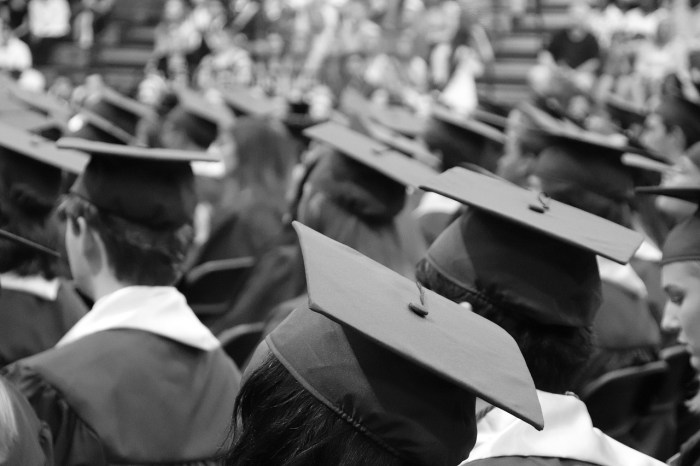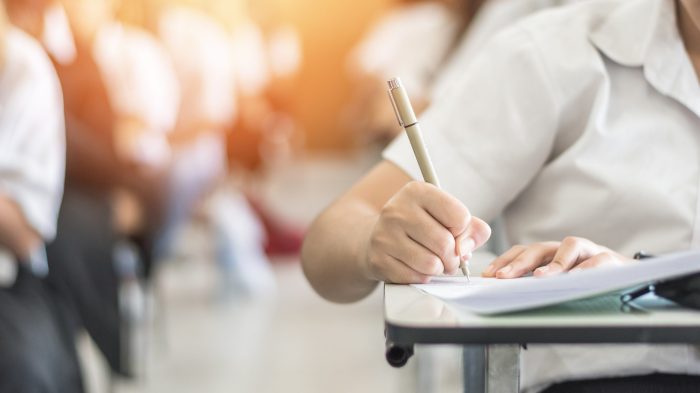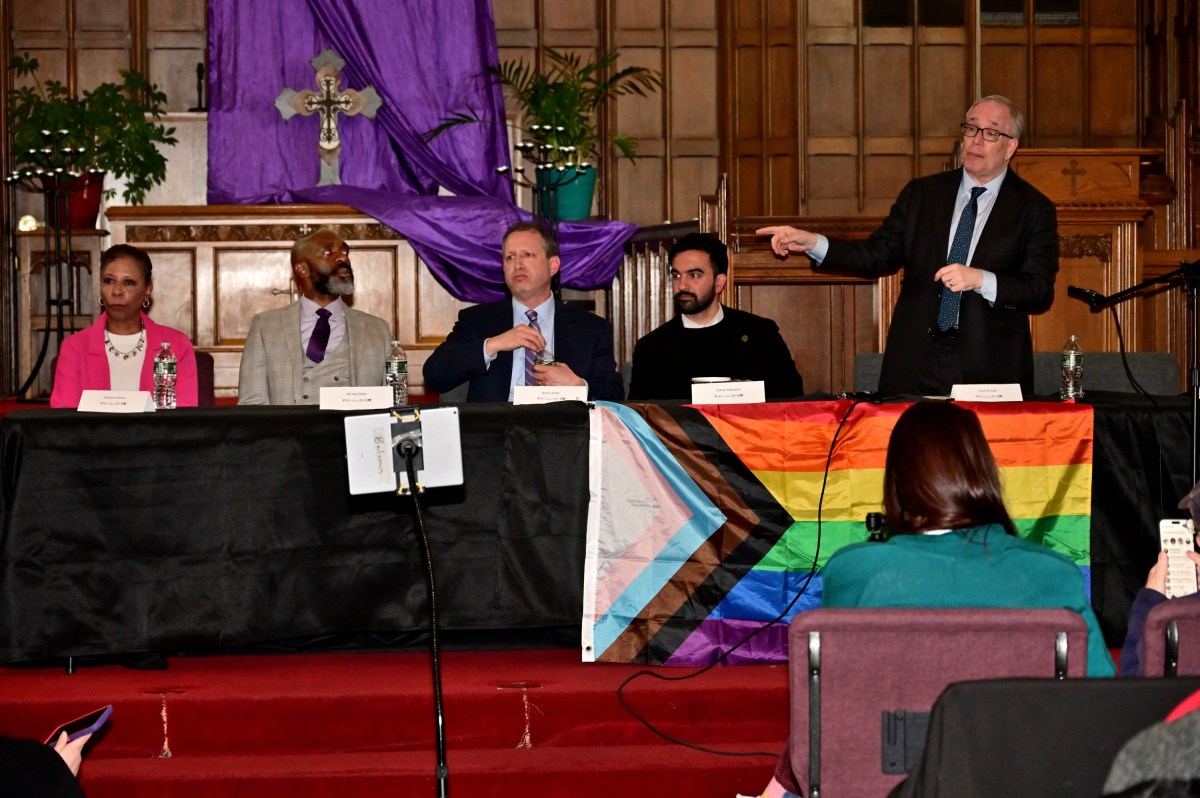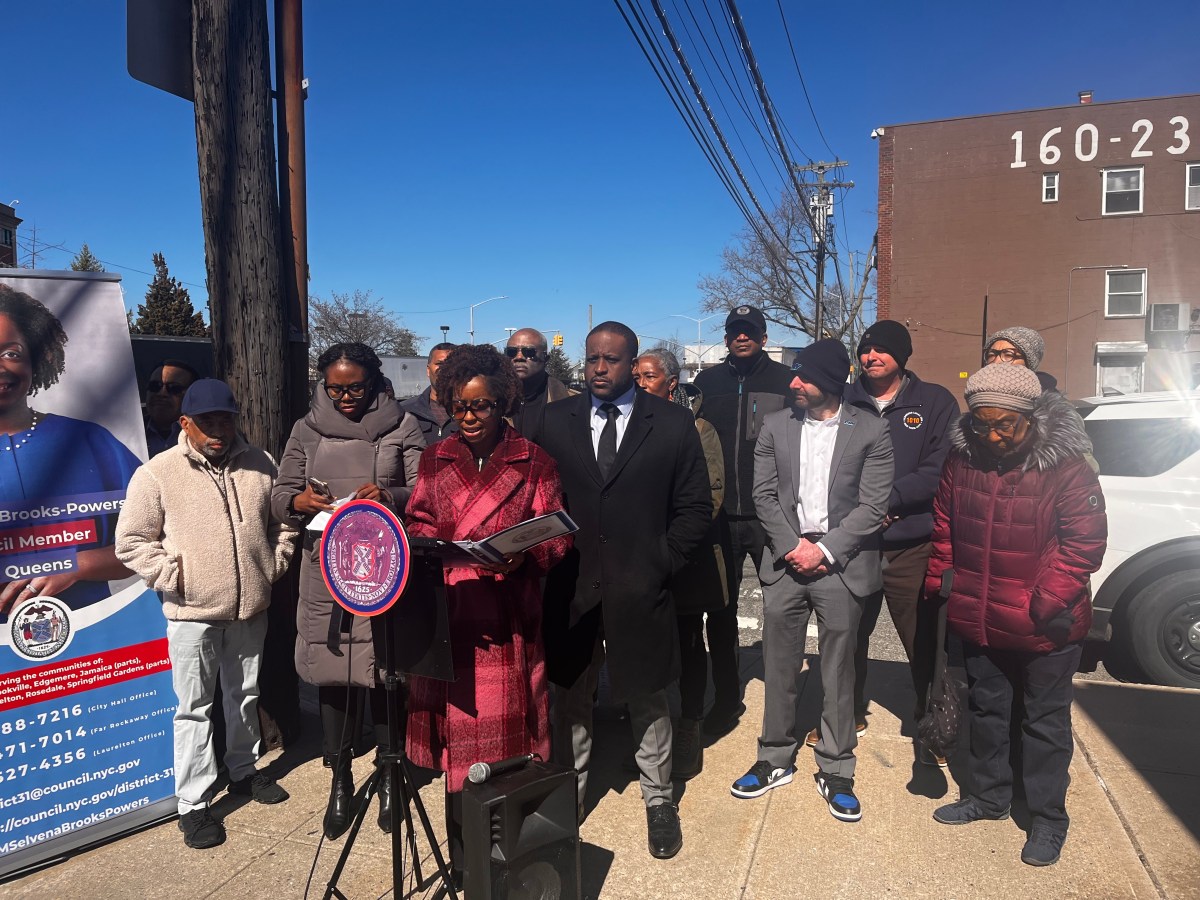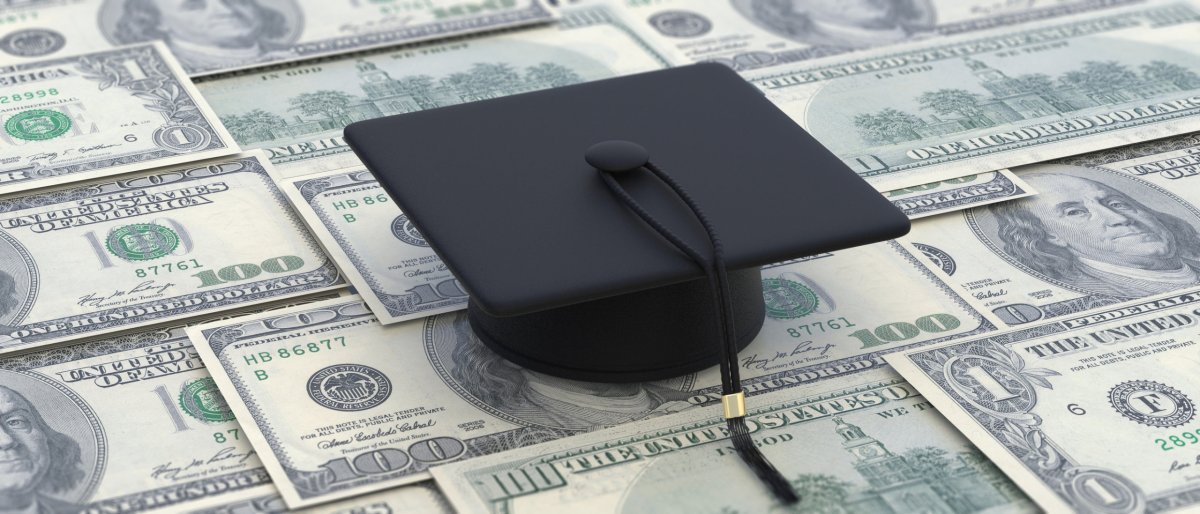School suspensions dramatically dropped during last school year in part because of the novel coronavirus pandemic, according to a Department of Education report sent to the New York City Council earlier this week.
In total, New York City public school principals and superintendents gave out 18,215 suspensions during the 2019-2020 school year – a 44.5% decrease compared to the 2018-19 school year’s 32,801 suspensions.
Since COVID-19 forced schools to transition to online learning in March, principals have handed out six suspensions and superintendents have not given a single one. Before the transition to remote learning, Department of Education officials claim that schools were on track to see a reduction in overall suspensions.
By March 16, the day that schools shuttered their doors due to the virus, suspensions were down by 12.6% compared to the same time last year, according to DOE spokesperson Nathaniel Styer.
New York City public school suspensions have steadily declined since Mayor Bill de Blasio took office in 2014, except for a one-year jump in during the 2017-18 school year, but the punitive measure continues to be more frequently given to Black students.
Black students are still twice as likely to get a suspension compared to their classmates of other races, according to the report. Black students make up roughly 25% of New York City’s 1.1 million public school students but during the last school year nearly half of all school suspensions were given to Black students.
White students on the other hand, who make up 15% of the public school population, received less than 10% of principal and superintendent suspensions last year. Asian students who make up about 16% of all public school students were given just over 5% of all suspensions while Hispanic students, the demographic of public school students, were given about 40% all school suspensions.
Department of Education officials attribute the sharp drop in suspensions to changes within public school disciplinary codes and the implementation of restorative justice practices like small group restorative circles and wellness check-ins.
Officials argue that due to these changes the department has been able to decrease racial disparities in the length of suspensions given to students. Last year, the average length of suspensions was 11.1 days for white students, 11.4 days for Asian students, 11.5 days for Latino students and 11.8 days for Black students, according to report data.
While education advocates acknowledged that improvements have been made in racial disparities in school suspensions, they argue that there is still more work to do. The report reveals that there is still a disparity in the number of students who receive suspension among students with disabilities. Just over 40% of all school suspensions were given to a student with a disability last school year even though they only make up roughly 20% of all public school students.
“While the city has made notable progress in reducing the number of suspensions, Black students and students with disabilities continue to be ousted from their classrooms at alarmingly high rates,” said Director of Advocates for Children’s School Justice Project Dawn Yuster. “Given the trauma so many of our young people have experienced in recent months, it is more urgent than ever that the DOE prioritize providing effective behavioral and mental health supports for students of color and students with disabilities.”



